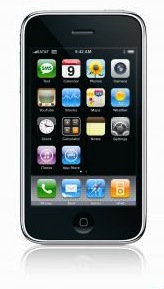Consider this:
Obama: cryptographers who don’t believe in magic ponies are “fetishists,” “absolutists”
…and even worse, this:
Let’s consider this for a bit. In particular the “going dark” idea. The idea that cryptography makes the governments of the world lose access to a kind of information they always had access to. That idea is plain wrong for the most part, since they never had access to this stuff.
Yes, some private information used to be accessible with warrants, such as contents of landline phone calls and letters in the mail, the paper kind that took forever to get through. But there never was much private information in those. We didn’t confide much in letters and phone calls.
But the major part of the information we carry around on our phones were never within reach of the government. Most of what we have there didn’t even exist back then, like huge amounts of photographs, and in particular dick pics. We didn’t do those before. Most of what we write in SMS and other messaging such as Twitter and even Facebook, was only communicated in person before. We didn’t write down stuff like that at all. Seriously, sit down and go through your phone right now, then think about how much of that you ever persisted anywhere only 10 or 15 years ago. Not much, right? It would have been completely unthinkable to have the government record all our private conversations back then, just to be able to plow through them in case they got a warrant at some future point in time.
So, what the government is trying to do under the guise of “not going dark” is shine a light where they never before had the opportunity or the right to shine a light, right into our most private conversations. The equivalence would be if they simply had put cameras and microphones into all our living spaces to monitor everything we do and say. That wasn’t acceptable then. And it shouldn’t be acceptable now, when the phone has become that private living space.
If they get to do this, there is only one space left for privacy, your thoughts. How long until the government will claim that space as well? It may very well become technically feasible in the not too distant future.

